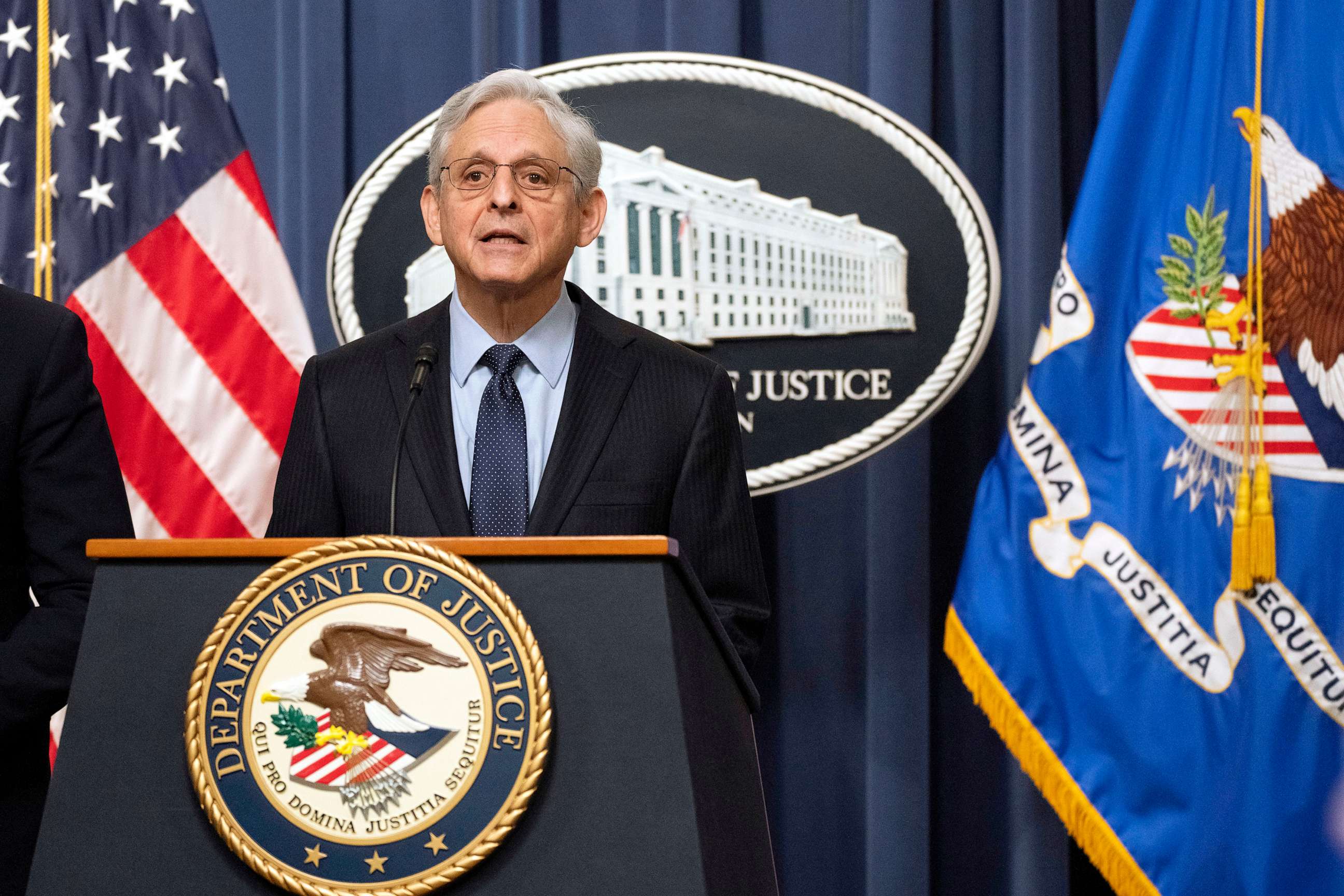Questions answered about tracking classified documents
The revelations about the handling of classified documents involving President Joe Biden -- and previously former President Donald Trump -- have raised concerns about the procedures for keeping and tracking such records.
ABC News spoke about the legal and other requirements with contributor John Cohen, a former Department of Homeland Security acting undersecretary for intelligence.
Here are answers to some key questions:
Is it unusual for a president or vice president to take documents home with them?
No. According to experts, the White House security office makes arrangements to safely store classified documents securely at other locations such as residences.
What is the process for turning over documents when a president or vice president leaves office?
The White House and its staff are obligated to return all government records covered under the Presidential Records Act, which includes all classified documents. For the majority of classified documents, there is no enforcement mechanism to ensure they get returned. It essentially boils down to an honor system. Only the most highly sensitive documents operate under a check-out, check-in system, and that represents only a small percentage of all classified documents.
If it's an honor system, how do you get caught?
Most of the time, missing or mishandled documents are discovered in one of two ways: someone either self-reports or someone discovers them and then reports it.

Not all classified documents are treated equally
The most sensitive classified documents are serialized, for example, whereas less-sensitive files are not. There are some documents so sensitive they cannot leave the room in which they are presented. But it is important to note that the majority of classified government documents are not tracked item by item.
It is possible that thousands of government employees have the ability to search, print, and download classified documents from the government system. While government systems are able to track what an individual is downloading or printing, experts say that would be flagged only if it seems unusual for that employee to request such documents.
The most highly sensitive classified documents fall under a check-out system
This represents only a small fraction of all the government's classified documents.
In that case, the White House security office has the document and ensures the requestor has the proper clearance. Then, a form is filled out and the document is essentially checked out. At a later date, the security office would then check with the staffer to confirm they still have the document(s). Such items are, therefore, much more difficult for a president or vice president to accidentally take with them post-presidency.
ABC News has reported that some documents found at the Penn Biden Center were marked top secret, but even top-secret materials would not typically operate under a sign-in, sign-out system. That system would apply only to top secret documents with an associated compartment -- for example, TS/SCI (top secret/sensitive compartmentalized information).

What about the National Archives?
The National Archives relies on the outgoing White House for a full accounting of the documents the administration is turning over, essentially an honor system.
The White House security office in every administration is tasked with properly preparing staff to preserve their records and ensure that all government documents, notes, etc., including those that may be classified, are accounted for and returned.
The honor system is subject to failure though, and not everyone complies fully or is sufficiently careful. Classified materials could be inadvertently packed without the appropriate oversight, ABC News contributor John Cohen said.

In the case of Donald Trump, the National Archives realized that especially sensitive records from his administration were missing, such as Trump's letter to North Korean Dictator Kim Jong Un.
"For example, the original correspondence between President Trump and North Korean Leader Kim Jong-un were not transferred to us; it is our understanding that in January 2021, just prior to the end of the Administration, the originals were put in a binder for the President, but were never returned to the Office of Records Management for transfer to NARA," National Archives lawyer Gary Stern wrote in an email to Trump's legal team.

It was only after 15 boxes were retrieved from Mar-a-Lago that the Archives discovered they included documents with classification markings. The Archives also became aware of additional missing government papers through congressional investigations. For example, the House Jan. 6 committee made several requests of the Archives for specific documents and when the Archives went to search for them, some were not there.
The process for regulating the whereabouts of classified documents is challenging because some such information can live on through administrations, Cohen said. It is also possible that the president, vice president, or an administration staffer removes a few pages of a larger classified binder.
And when a president or vice president is found to have classified information in their personal possession, the government likely has its own copy. When presidents or vice presidents are still in office, there are often arrangements made to safely store classified documents securely at other residences.
In both the cases of Biden and Trump, records with classification markings were not properly handled or secured and were discovered after both left office.
"Going forward, the special prosecutors in each instance have been tasked with investigating whether any risks to national security have occurred and whether any criminal charges will be presented," said Javed Ali, the former senior counterterrorism director on the National Security Council.




